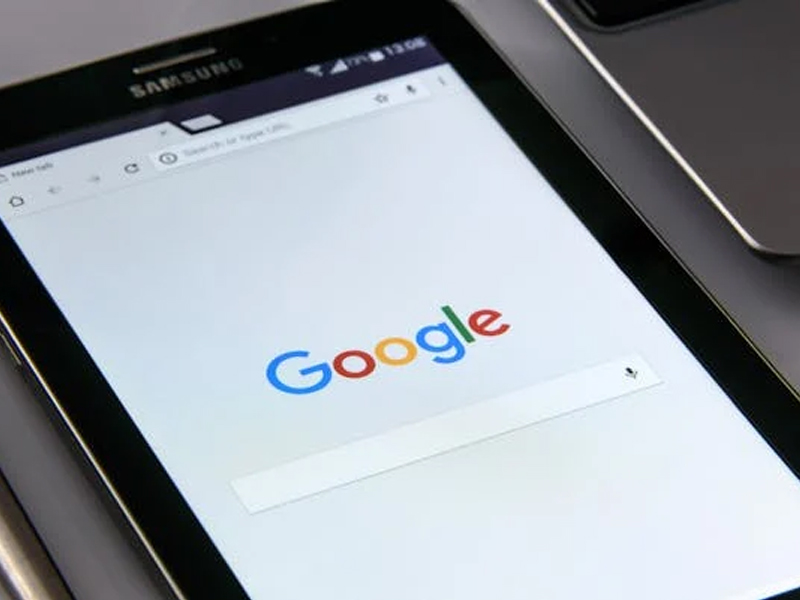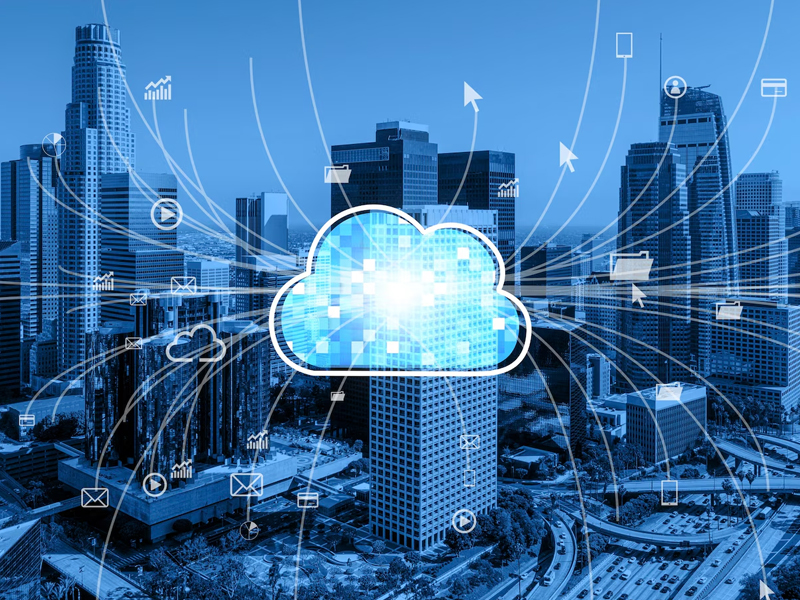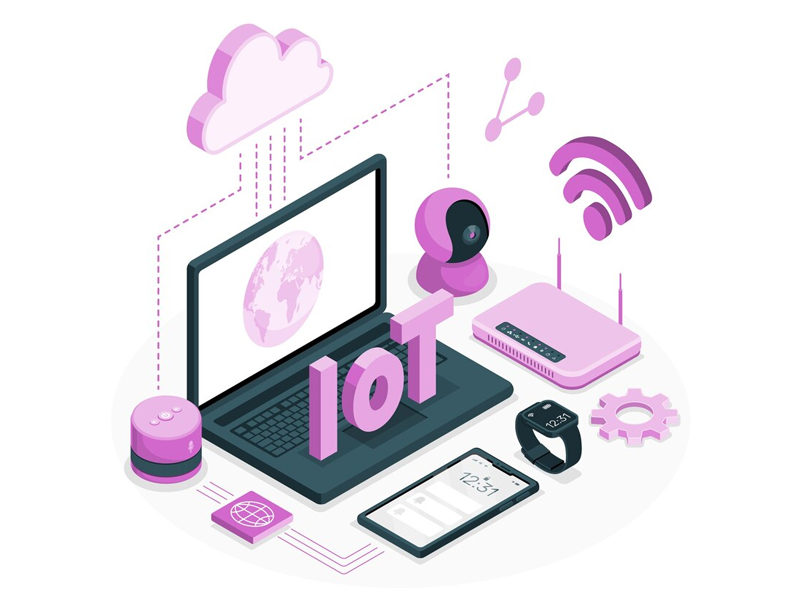Earthquake detector, on Android
Uncategorized
 Earthquake Detector is one big technology that has been finding its roots in many places and now scientists have developed an Android phone app known as MyShake that can detect earthquakes at a distance of 10 kilometers or less. The app, which can differentiate between everyday shaking and quakes, takes advantage of the accelerometers integrated into modern smartphones, as such sensors are capable of detecting seismic activity.
Once a phone running the app detects a quake, the data is forwarded to a central site where an algorithm processes the data in an attempt to confirm its authenticity while also determining its location and magnitude — all of which is accomplished in real time.
According to the scientists behind its creation, whose findings were published in the journal Science Advances, the system could find application in boosting earthquake early warning (EEW) systems in regions with traditional networks in place. And in regions where no such networks exist, it could provide the only detection network.
This is an app that provides information, education, motivation — to the people who’ve downloaded it — to get ready for earthquakes. Those same people are contributing to our further understanding of earthquakes, because they’re collecting data that will help us better understand the earthquake process. Now android users get your copy of the earthquake detector and start getting safe!!!
Earthquake Detector is one big technology that has been finding its roots in many places and now scientists have developed an Android phone app known as MyShake that can detect earthquakes at a distance of 10 kilometers or less. The app, which can differentiate between everyday shaking and quakes, takes advantage of the accelerometers integrated into modern smartphones, as such sensors are capable of detecting seismic activity.
Once a phone running the app detects a quake, the data is forwarded to a central site where an algorithm processes the data in an attempt to confirm its authenticity while also determining its location and magnitude — all of which is accomplished in real time.
According to the scientists behind its creation, whose findings were published in the journal Science Advances, the system could find application in boosting earthquake early warning (EEW) systems in regions with traditional networks in place. And in regions where no such networks exist, it could provide the only detection network.
This is an app that provides information, education, motivation — to the people who’ve downloaded it — to get ready for earthquakes. Those same people are contributing to our further understanding of earthquakes, because they’re collecting data that will help us better understand the earthquake process. Now android users get your copy of the earthquake detector and start getting safe!!!
Frequently Asked Questions?

01
AI & ML
Gemini Evolves: Your AI Assistant on the Go with the New Overlay Feature
Apr 24, 2024

01
Tech news
Cloud Storage: Powering Progress or Polluting the Planet?
Apr 22, 2024

01
Internet of Things
Gearing Up for a Connected Tomorrow: Top Trends Shaping the Future of IoT
Apr 21, 2024
01
Mobile Technology
Streamlining Your Chats: A Look at WhatsApp’s Upcoming Filter Update
Apr 19, 2024
SUSBSCRIBE TO OUR NEWSLETTER
Join our subscribers list to get the latest news and special offers.
Gemini Evolves: Your AI Assistant on the Go with the New Overlay Feature
Cloud Storage: Powering Progress or Polluting the Planet?
Gearing Up for a Connected Tomorrow: Top Trends Shaping the Future of IoT
No More Range Anxiety: Google Maps Uses AI to Simplify EV Charging